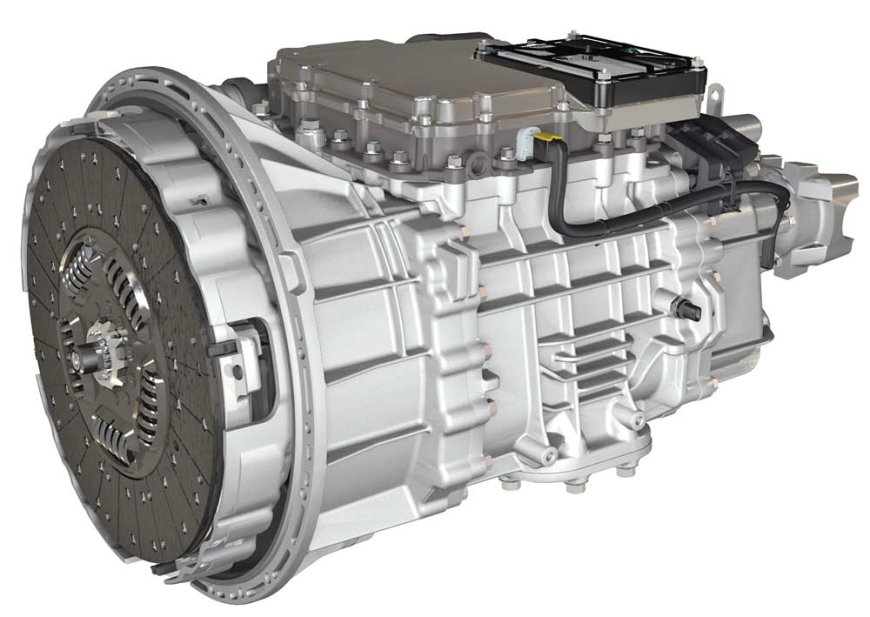POWERING The MACHINE!
Construction equipment drivetrain systems have evolved to meet the needs of today’s customers. OEMs continue to develop systems that deliver better efficiency, higher performance, higher durability and improved operator comfort. Equipment Times finds that as a result, new technologies such

Construction equipment drivetrain systems have evolved to meet the needs of today’s customers. OEMs continue to develop systems that deliver better efficiency, higher performance, higher durability and improved operator comfort.
Equipment Times finds that as a result, new technologies such as diesel electric hybrids, continuously variable transmissions, high-efficiency hydrostatics and electronically controlled powershift transmissions have been developed, type of transmission varies due to the wide disparity in construction equipment machine forms.
Each system involves a combination of axles and a hydrostatic or synchromesh transmission with torque converter, with semi-automatic or fully automatic operation via the electronic control unit that manages the entire system.
Powershift transmissions utilize friction clutches to change the power flow from one ratio to another within the transmission. Friction modifiers are added to provide smooth clutch operation in powershift transmissions and reduce chatter in braking systems.
But in construction applications, with lots of starts and stops in muddy terrain with high rolling resistance, or having smooth, controllable startup power in front of a paver, an automatic transmission is the better choice. Nothing can beat a torque converter in those applications when it comes to maintaining 100-percent boost engine power up and down through the gears
Automatic Transmissions
According to mobilityforesights.com, transmissions with dry clutch to be abused or overheat because an automatic is 100-percent fluid drive power. However, in a steady-state cruise application in pure highway mode, automated manual transmission is helpful.
The appeal of AT (Automatic transmission) can go far beyond work-site preferences, regardless of safety and fuel economy. “AT allows less-skilled drivers to be productive and to be more concentrate on On-site work. It also helps with drivers do not get as fatigued.
At the same time the concept of “down speeding” – or operating a diesel at lower rpms while at cruise speeds – is being driven by the push for better fuel economy. Automatic transmission can do these things better. When designing both the engine and the transmission it should be integrated with each other to share critical information via ECU.
The transmission can manage all this information and deliver the best performance possible given all those criteria. As manual transmission can’t do this consistently.
Considering a scenario, wheel loader operators have one of the most common shortcuts is high-speed shifting, when operators fail to make a complete stop when shifting between forward and reverse.
The average loader operator can make close to 600 such shifts a day, totaling over 200,000 high-speed shifts per year. There will be no time to slow down, production numbers will outweigh damage to the machine. The combined weight of the machine with payload and related force and strain gets directed into the drivetrain and torque converter, possibly shortening the life of these components.
Types of CE Transmission Systems
Automatic Transmission: A transmission which uses sensors to determine when it should shift gears, and changes them using internal oil pressure. While there are numerous components stuffed into the transmission, and their actual operation is a bit more complicated than the simplified version presented here, the key components are the torque converter and planetary gearsets.
Hydrostatic Transmission: It is a hydraulic system where the hydraulic pump or an accumulator will drive the motor using the fluid passing through flexible hoses. In hydrostatic transmission, gears are not required for converting rotating mechanical energy from one source to another. Because, when the displacement of pump and motor are fixed, then hydrostatic transmission itself will act as a gearbox. Hydrostatic transmission is suitable for applications in heavy machinery.
Manual Transmission: Synchromesh gearbox is a type of transmission system in which the dog clutches from the constant mesh gearbox is replaced with the special shifting devices known as synchromesh devices which makes the system compact and also provide smooth and noise free shifting of gears.
Powershift Transmission: The transmission uses a dual clutch system this advanced gearbox pre-selects the next gear, doesn’t lose power when you change. The first clutch handles gears one, three, and five; the second clutch handles gears two, four, and six. When the vehicle is in first gear, for example, the second clutch is disengaged even though the second-gear cogs are engaged. Shifting into second gear disengages the first clutch, engages the second clutch, and engages the gear cogs of third gear. Powershift is lightning fast, seamless gear changes make driving smoother while saving fuel and lowering CO2 emissions compared with a normal automatic.
Market Dynamics…
Designers of multi-stage gearboxes have the tasks of ensuring the general requirements for any new vehicle units, namely improved reliability and rigidity, as well as modularity of the structure with smaller dimensions and weight; – implementation of special requirements for gearboxes, namely, improving speed, providing the required number of stages and the required range of gear ratios, ensuring smooth gearshift without breaking the power flow, providing the ability to test individual modules of the gearbox, the transmission of full power when reversing, etc.

Hits: 2








